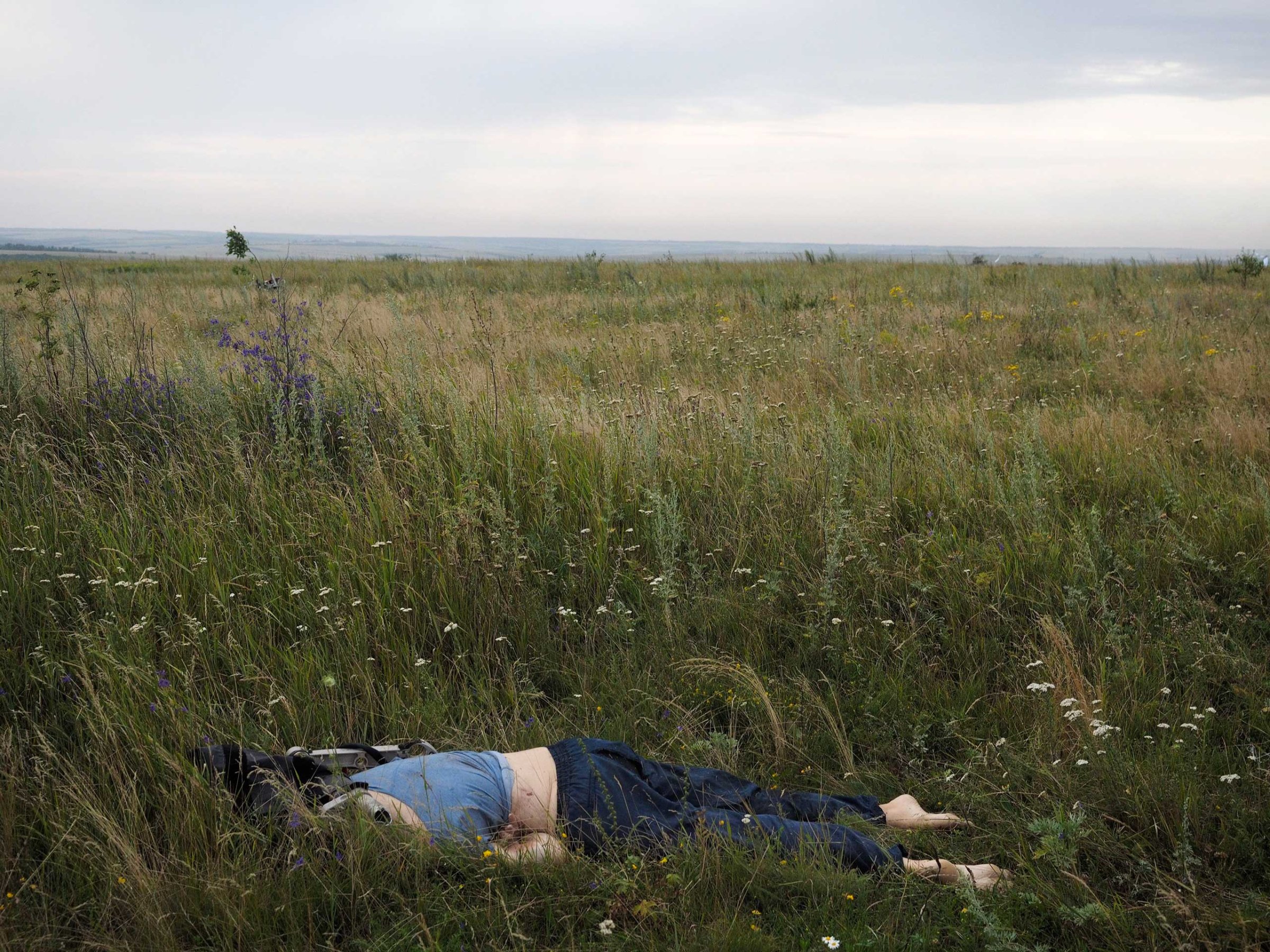
Warning: Graphic images and details can be found in the photographs above and in the text below.
Late Thursday afternoon, a field of sunflowers in the village of Torez in eastern Ukraine was transformed into a scene of a tragedy when Malaysia Airlines Flight 17 was brought down by a surface-to-air missile.
Jerome Sessini, a French photographer with the agency Magnum Photos, was one of the first people to arrive at the scene. A veteran war photographer who has worked in conflict sites like Iraq and Somalia, Sessini says he wasn’t prepared for the weight of what he saw.
Sessini, who had been working in a nearby mining village in Donetsk, first heard about the crash when his driver received a call from a local journalist, who explained that a plane had been downed in nearby Torez, apparently by pro-Russian rebels. Initially assuming it was a Ukrainian military plane—the pro-Russian rebels had already destroyed a military transport plane and reportedly brought down two other military aircraft—Sessini and his driver headed out.
“As we made our way to Torez, we learned that it was in fact a civilian plane,” the photographer told TIME. It didn’t take the pair long to reach the scene and they had no trouble accessing the crash site, as there were very few people in the area at the time. Yet the rebels soon arrived, and they initially gave Sessini trouble, taking his memory card away. They eventually returned it and allowed Sessini to take photographs.
“[What I saw] was horrific, almost unreal,” he says. In addition to the charred wreckage and debris of the destroyed Boeing 777 plane, there were bodies strewn across the fields. Some were still attached to their seats. “I was in shock. I don’t think I ever felt so sick.”
More than a hundred bodies have been found so far, with some located as far as 6.2 miles (10 km) away from the crash site. “I found one body that went through the roof of a house and landed in someone’s bedroom,” says Sessini. “It’s a real nightmare.”
Sessini noted that while some of the bodies were virtually intact, others had broken apart in the explosion and crash. But for the seasoned photographer, one of the hardest sights to take in wasn’t the dead themselves, but the mementos from their lives, strewn across the ground. “One of the saddest parts was to see all of their luggage in the grass,” he says. “All these Duty Free bags, the swimsuits, the children’s books.”
“I don’t think I’ll be able to board a plane without thinking about these images,” Sessini says.
–interview by Olivier Laurent
Jerome Sessini is a French photojournalist represented by Magnum. Megan Gibson is a writer and reporter at the London bureau of TIME. Find her on Twitter at @MeganJGibson. Olivier Laurent is the editor of TIME LightBox. Follow him on Twitter and Instagram @olivierclaurent.

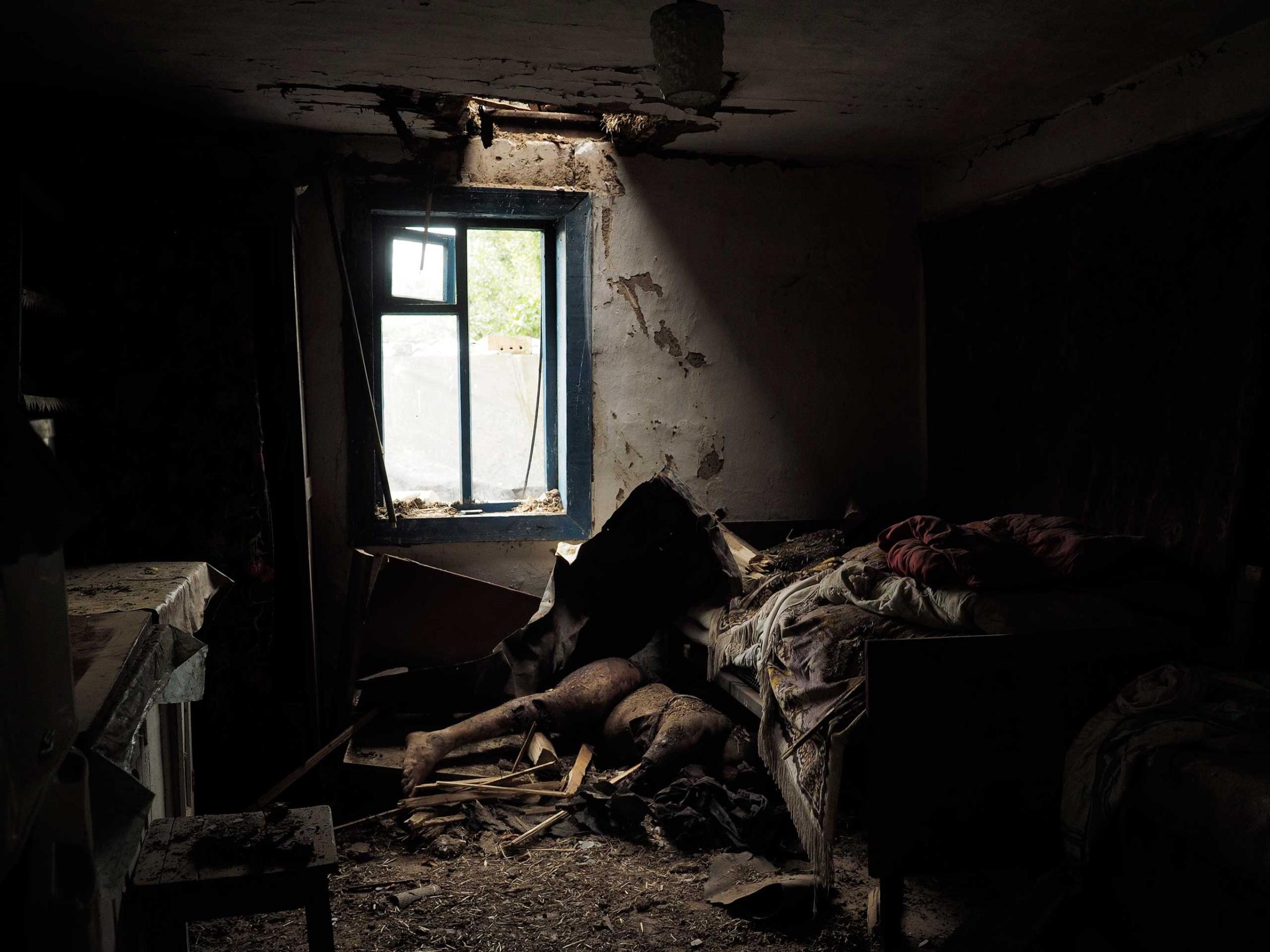
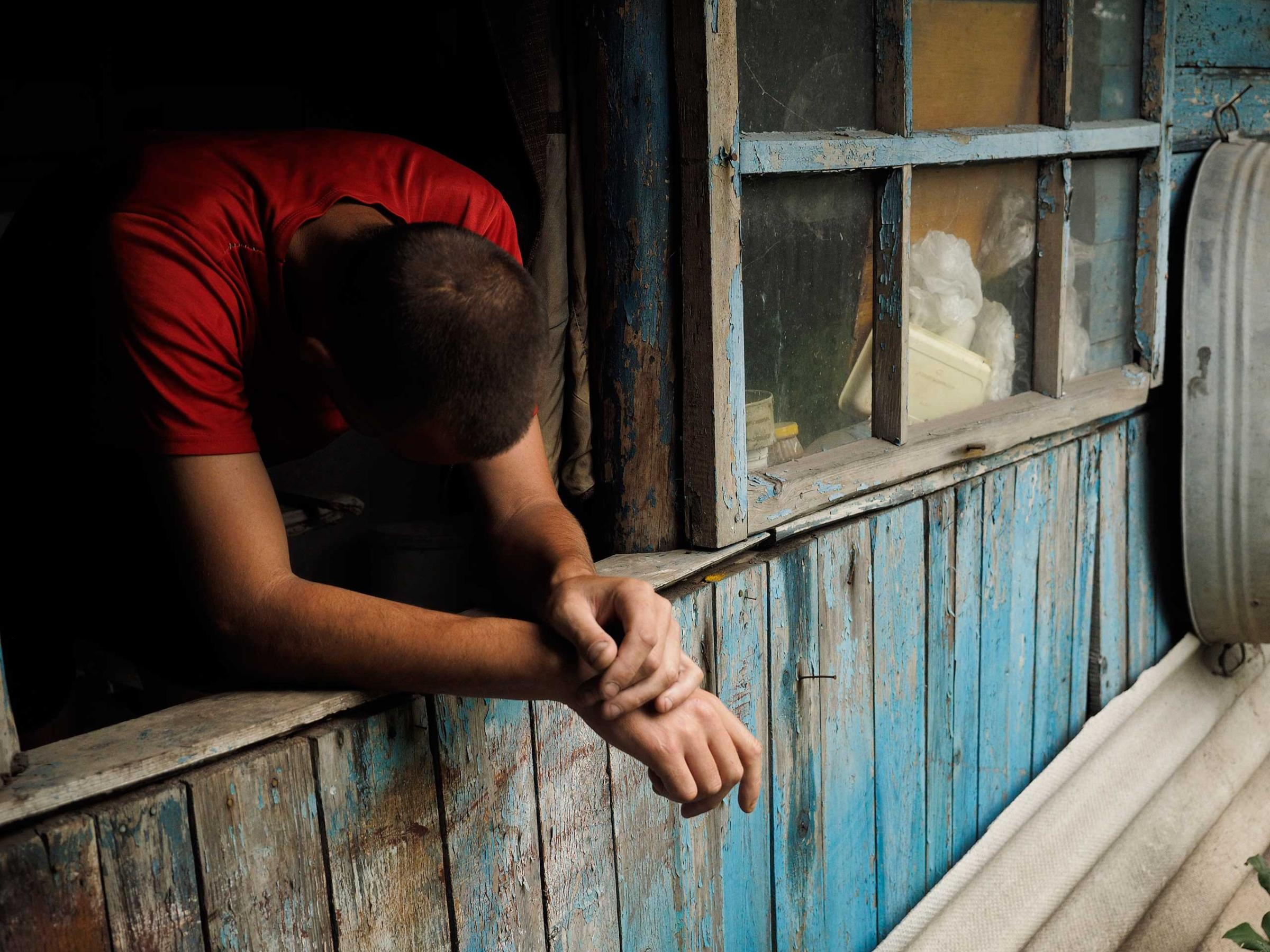
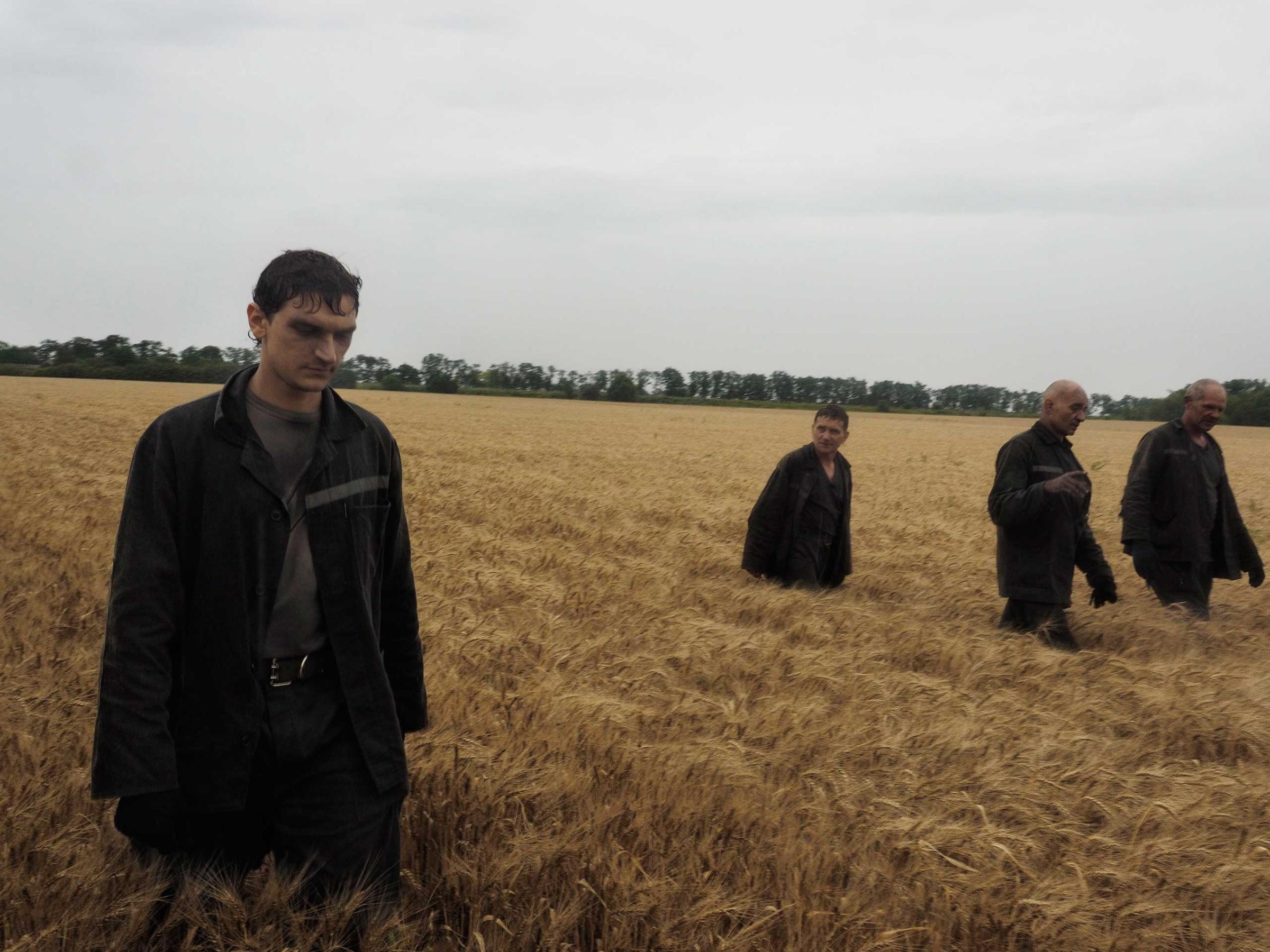


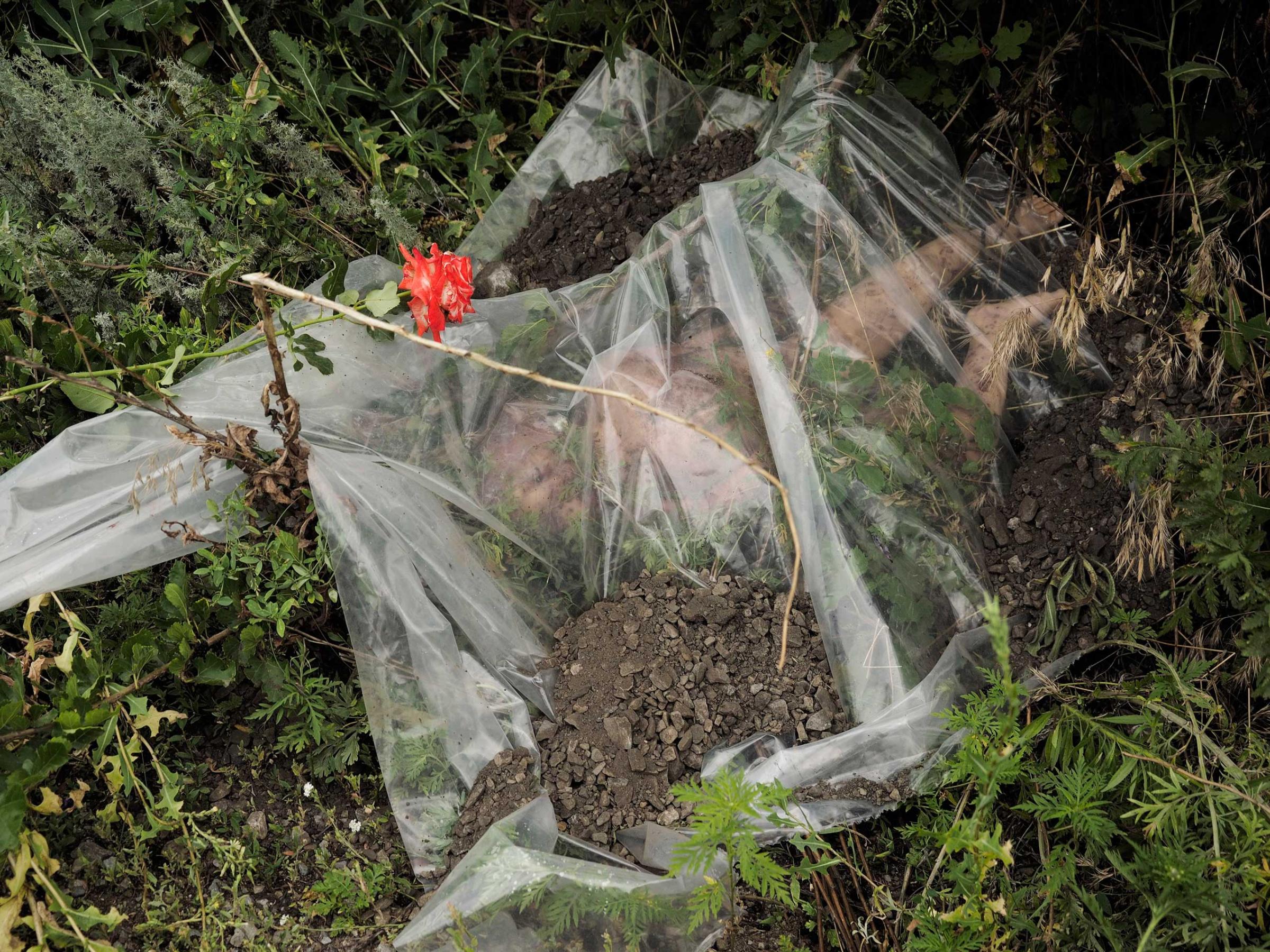
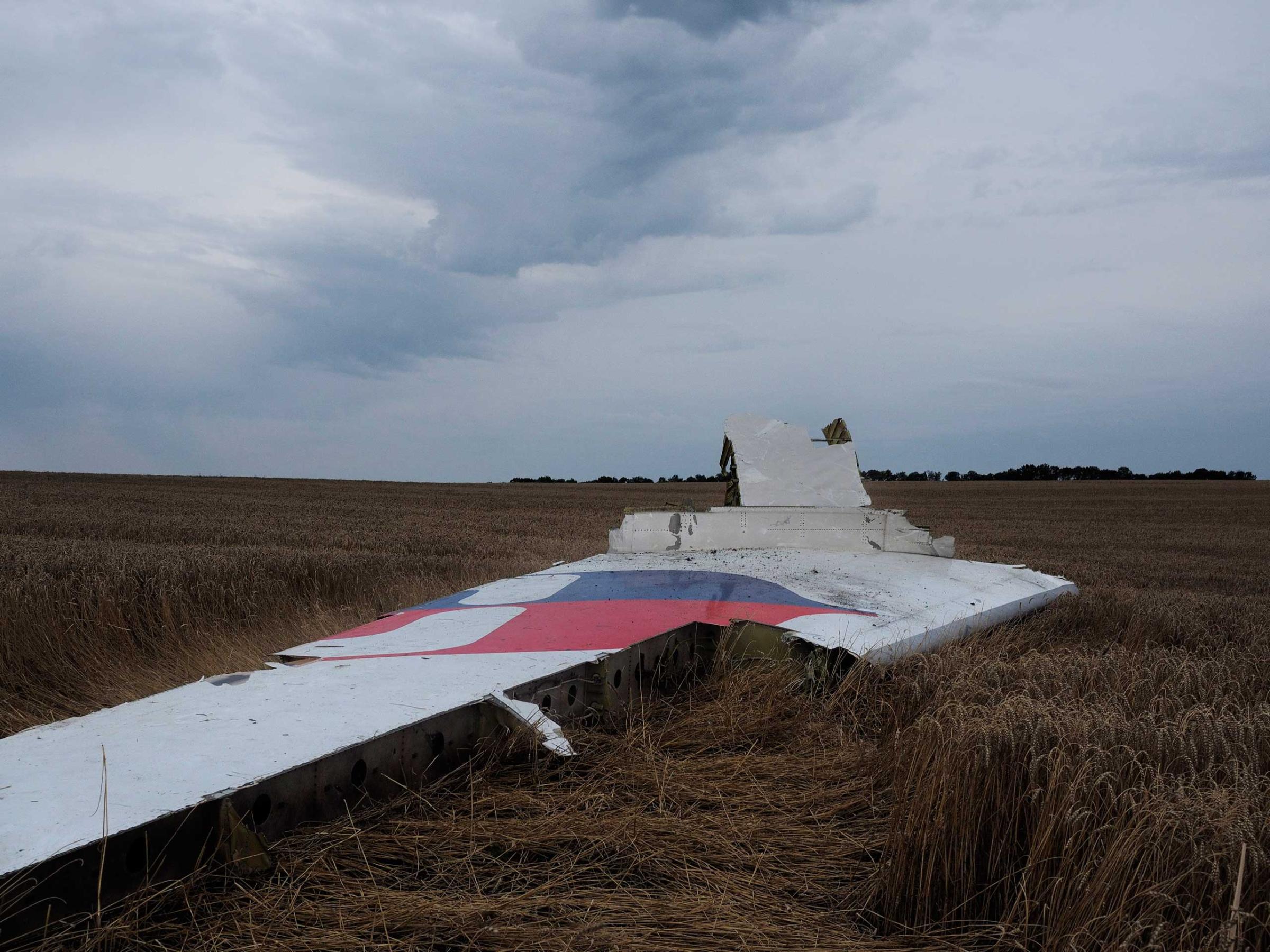




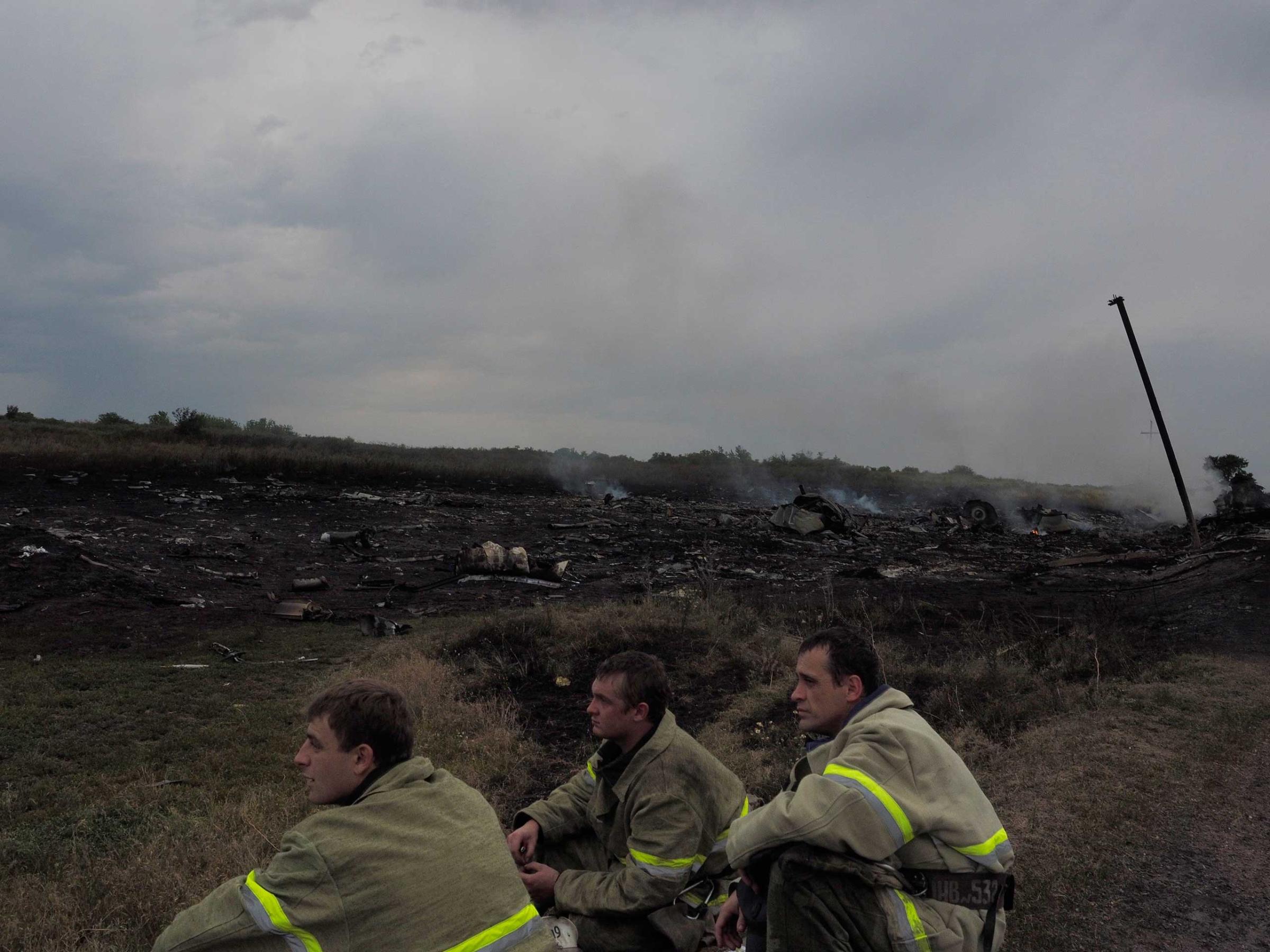
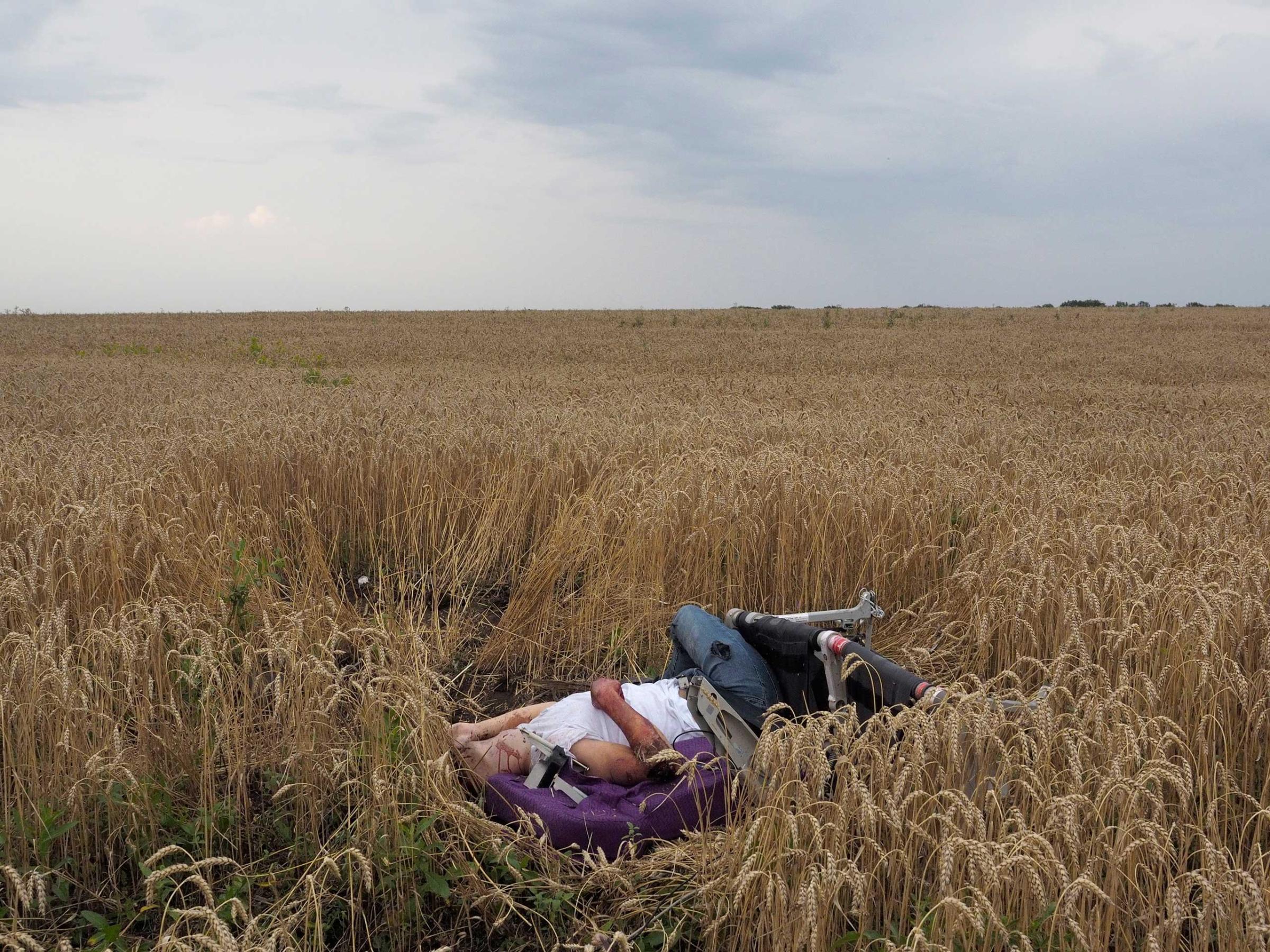
More Must-Reads from TIME
- Cybersecurity Experts Are Sounding the Alarm on DOGE
- Meet the 2025 Women of the Year
- The Harsh Truth About Disability Inclusion
- Why Do More Young Adults Have Cancer?
- Colman Domingo Leads With Radical Love
- How to Get Better at Doing Things Alone
- Michelle Zauner Stares Down the Darkness
Contact us at letters@time.com